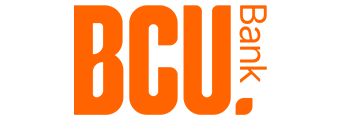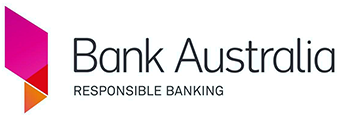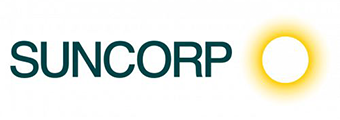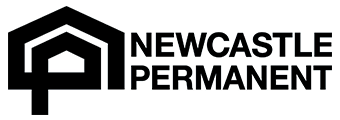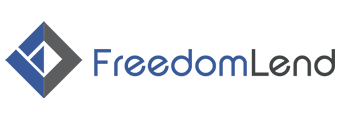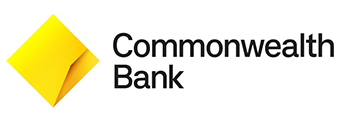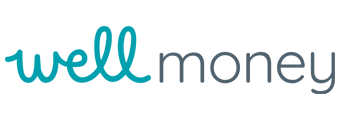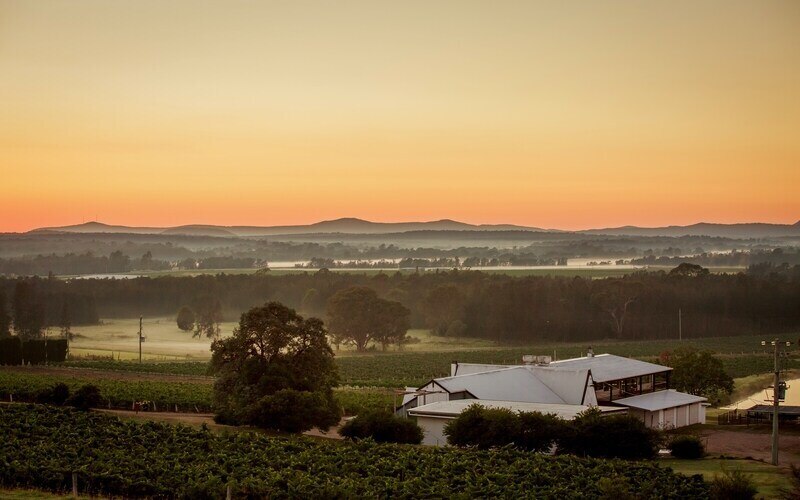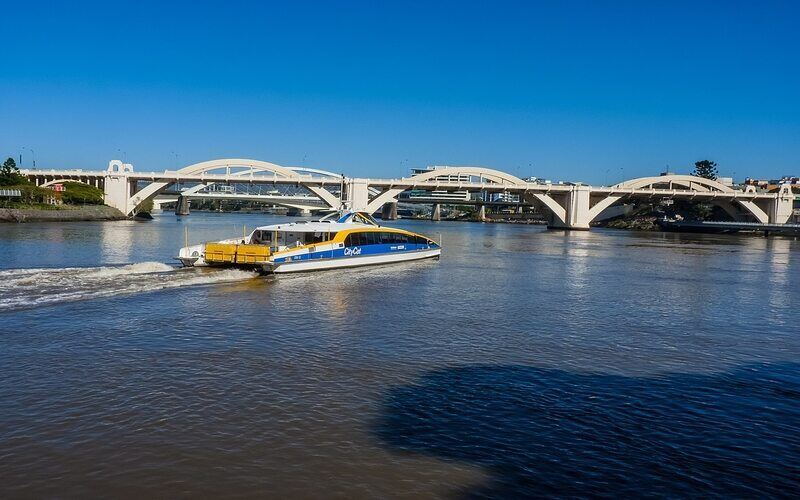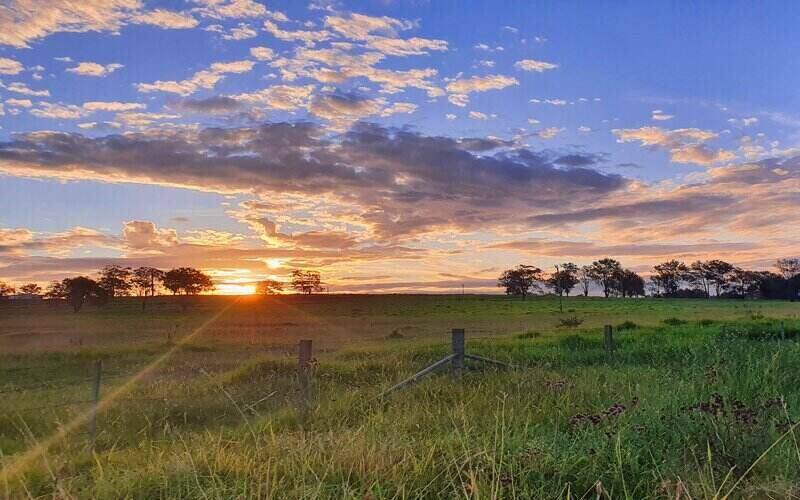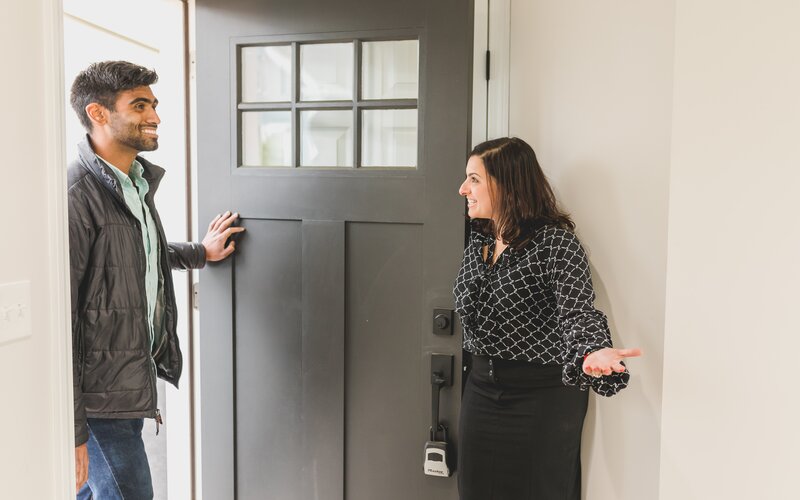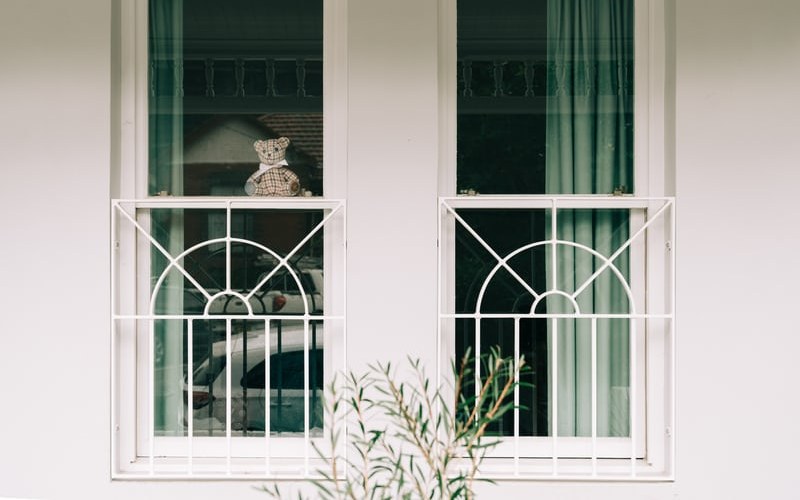Fact Checked
First home buyers in Australia
Despite what you might have heard on social media or from your co-workers, things are starting to look a bit better for first home buyers in Australia. According to Australian Bureau of Statistics data (ABS) covering December 2023, lending to first home buyers occupied a market share of 38%.
Australian First Home Owner Grants (FHOG) were first introduced in July 2000 through a national scheme separately legislated, funded and administered by the different states and territories. The purpose? To provide a one-off payment to prospective first home buyers to help them break into the property market.
Is it really that easy? Let’s explore.
First home owners stamp duty concessions
In recent years, stamp duty costs – the transfer tax you pay when purchasing a property or vacant land – have increased significantly.
For example, a $500,000 owner-occupied dwelling in New South Wales will set non-first home buyers back more than $17,000 in stamp duty fees based on current regulations.
To alleviate this cost, the different states and territories offer stamp duty concessions to prospective new home buyers.
Of course, these reductions and discounts assume you already meet the eligibility criteria, which we’ll discuss below. There are also broader stamp duty concessions available to regular buyers too.
At the time of writing, these are the concessions available to first home buyers:
| State | Stamp duty concessions |
| New South Wales |
No stamp duty on properties up to $800,000 and vacant land up to $350,000. Discounted stamp duty for properties between $800,000-$1,00,000 and vacant land between $350,000 and $450,000. |
| Victoria |
No stamp duty on properties up to $800,000 and vacant land up to $350,000. Discounted stamp duty for properties between $800,000-$1,00,000 and vacant land between $350,000 and $450,000. |
| Queensland |
Stamp duty on properties valued at under $500,000 or vacant land under $400,000. Concessional stamp duty applied to properties worth between $500,000 and $550,000. |
| Western Australia |
No stamp duty on properties up to $430,000 and land up to $300,000. Discounted stamp duty on properties between $430,000 and $530,000 and vacant land between $300,000 and $400,000. |
| South Australia |
No stamp duty for homes valued at up to $650,000 or vacant land valued at up to $400,000. Discounted stamp duty if the value of a property is below $700,000 or the value of vacant land is less than $450,000. |
| Tasmania |
If you buy or build a new home, you’re eligible for the First Home Owner Grant, but cannot receive stamp duty concessions. On the other hand, if you buy an established home, you may be eligible for savings on stamp duty, but cannot claim the First Home Owner Grant. You can receive a 50% discount on stamp duty on established homes up to $600,000. |
| ACT |
Under the new Home Buyer Concession Scheme, stamp duty waivers are available up to a maximum amount ($34,504 for financial year 2024), for applicants who earn below a certain amount ($160,000 per household) for properties up to $1,000,000. See the link above for more detailed information. |
| Northern Territory | At the time of writing, the Northern Territory doesn’t offer stamp duty concessions to first home buyers. |
What is the First Home Guarantee Scheme?
Under the Home Guarantee Scheme (HGS), first home buyers can purchase a home with a deposit as low as 2%, without the need to pay Lenders’ Mortgage Insurance (LMI). This means you can borrow up to 98% of the property value, with the federal government providing the lender with a guarantee of up to 18% of the property’s value.
The HGS encompasses three specific guarantees: The First Home Guarantee, the Regional First Home Buyer Guarantee, and the Family Home Guarantee.
The scheme offers 35,000 places for Aussies across the country until 30 June, 2025.
First home buyers taking advantage of the scheme must abide by specific price caps on the property they purchase.
Using first home owners grant as deposit
If you are eligible for the grant, then the injection of cash can potentially make a difference to your ability to buy a home.
According to CoreLogic’s national Home Value Index, the median home price across the country in February, 2024 is around $765,000. Remember, property prices can be higher or lower depending on where you live. Adelaide, for example, has a median home price of roughly $730,000, whereas Sydney’s average home will set you back over $1.1 million.
While cutting down on eating out, coffee, electricity, and other luxury items is seen as the best course of action by some, it isn’t always that easy. For a young couple, it could take a decade to save enough to garner a 20% deposit.
This is where either the First Home Owner Grant or the HGS can come in handy. If you’re hoping to save a 20% deposit for a $600,000 house – $120,000 – then a contribution of as much as $30,000 from your state government could seriously speed up the process. Likewise, utilising the HGS to minimise the deposit you need from $120,000 to as little as $12,000 (2%) could also make it much easier to make that first step.
Does anyone actually use the First Home Owners Grant?
It would seem that, yes, lots of aspiring first home buyers use the first home owners grants.
Using data from the NSW and Victorian revenue offices and comparing it to ABS’ lending indicators for first home buyers, we can see how many people actually used the grants across Victoria and NSW over financial year 2022-23 as a percentage of total buyers.
|
First home buyer grants & commitments |
New South Wales |
Victoria |
|---|---|---|
|
First home buyer loan commitments (2022/23) |
25,018 |
32,911 |
|
First home owner grants issued (2022/23) |
3,189 |
11,351 |
|
% of grants to home loan commitments |
12% |
34% |
So based on this data, first home owners grants are still pretty widely used, with about a quarter of first home buyers using them between the two states.
Victorian first home buyers appear to have a higher grant usage rate, which may have something to do with the state’s higher thresholds for eligibility, with buyers able to spend as much as $750,000 on a newly built property and home builds and still receive the grant.
That’s compared to NSW’s $600,000 threshold for the purchase of newly built property, or its equal threshold of $750,000 for those buying land and building upon it.
It’s also worth noting that property is typically more expensive in Sydney than it is in Melbourne, with the cities offering respective median dwelling values of approximately $1.1 million and $780,000 as of February 2024, according to CoreLogic data. Thus, it might be easier for first home buyers to constrain the cost of their property purchase in Victoria.
What is a first home buyer loan?
While some lenders offer home loans specifically marketed towards first home buyers, there isn’t really such thing as a ‘first home buyer loan’ – first home buyers simply take out regular owner-occupier home loans. But there are some specific things a first home buyer might want to seek out when searching for a good value home loan, such as:
- A relatively low interest rate
- Low, reduced or waived fees
- Flexible features – e.g. offset account or redraw facility
- Guarantor options
Compare First Home Buyer Loans
| Lender | Home Loan | Interest Rate | Comparison Rate* | Monthly Repayment | Repayment type | Rate Type | Offset | Redraw | Ongoing Fees | Upfront Fees | Max LVR | Lump Sum Repayment | Additional Repayments | Split Loan Option | Tags | Features | Link | Compare | Promoted Product | Disclosure |
|---|---|---|---|---|---|---|---|---|---|---|---|---|---|---|---|---|---|---|---|---|
5.99% p.a. | 5.99% p.a. | $2,995 | Principal & Interest | Variable | $null | $null | 95% | |||||||||||||
6.29% p.a. | 6.31% p.a. | $3,092 | Principal & Interest | Variable | $0 | $195 | 95% | |||||||||||||
6.29% p.a. | 6.32% p.a. | $3,092 | Principal & Interest | Variable | $0 | $300 | 95% | |||||||||||||
6.59% p.a. | 6.86% p.a. | $3,190 | Principal & Interest | Variable | $295 | $0 | 95% | |||||||||||||
6.65% p.a. | 6.70% p.a. | $3,210 | Principal & Interest | Variable | $0 | $745 | 95% | |||||||||||||
6.74% p.a. | 7.09% p.a. | $3,240 | Principal & Interest | Variable | $0 | $0 | 95% | |||||||||||||
6.79% p.a. | 6.81% p.a. | $3,256 | Principal & Interest | Variable | $0 | $210 | 95% | |||||||||||||
6.74% p.a. | 6.78% p.a. | $3,240 | Principal & Interest | Variable | $0 | $0 | 95% | |||||||||||||
7.14% p.a. | 7.52% p.a. | $3,374 | Principal & Interest | Variable | $395 | $350 | 95% | |||||||||||||
7.15% p.a. | 7.18% p.a. | $3,377 | Principal & Interest | Variable | $0 | $0 | 95% | |||||||||||||
7.19% p.a. | 7.22% p.a. | $3,391 | Principal & Interest | Variable | $0 | $350 | 95% | |||||||||||||
7.19% p.a. | 7.43% p.a. | $3,391 | Principal & Interest | Variable | $248 | $350 | 95% | |||||||||||||
7.34% p.a. | 7.34% p.a. | $3,441 | Principal & Interest | Variable | $0 | $0 | 95% | |||||||||||||
7.74% p.a. | 8.10% p.a. | $3,579 | Principal & Interest | Variable | $null | $400 | 95% | |||||||||||||
7.74% p.a. | 7.86% p.a. | $3,579 | Principal & Interest | Variable | $10 | $150 | 95% | |||||||||||||
7.79% p.a. | 7.82% p.a. | $3,596 | Principal & Interest | Variable | $0 | $635 | 95% | |||||||||||||
7.84% p.a. | 7.86% p.a. | $3,613 | Principal & Interest | Variable | $null | $400 | 95% |
First home buyer loan features
Interest rates
By far the biggest cost factor of a home loan is the interest rate. You only have to spend a few minutes on one of our calculators to see that having a home loan with an interest rate that’s a single percentage point higher than another home loan’s (e.g. 5% instead of 4%) can cost you tens of thousands of dollars extra in interest over the life of the loan.
Of course, not everyone can qualify for the lowest interest rate on the market. Your interest rate is often determined by a range of factors, including your LVR (loan-to-value ratio), credit rating, income, expenses, suburb etc.
So to give yourself the best chance of qualifying for a low interest rate, you should aim to have at least a 20% deposit (putting your LVR at 80%), have a good track record of paying bills on time and managing your spending, and avoid buying in suburbs that are at risk of price falls (e.g. buying an apartment in an area where lots of other apartment buildings are under construction).
Fees
While its the biggest expense, the interest rate isn’t the only thing that’ll cost you. Most home loans include upfront and ongoing fees, as well as incidental fees, such as the extra costs of lender’s mortgage insurance (LMI) or refinancing. A helpful guide to the relative cost of a home loan is its comparison rate, which takes the upfront and ongoing fees into account on top of the interest rate. So if a home loan’s comparison rate is significantly higher than its advertised interest rate, you might expect high fees.
Features
Flexible features such as an offset account or redraw facility can help first home buyers save thousands in interest over the life of the loan and potentially allow them to pay it off sooner. Such features may come with added fees or lead a buyer to sign up to a loan with a higher interest rate, but given the savings they could help generate, they may be worth the extra cost.
Guarantor
If you’re really struggling to cough up the dough for a deposit, you can always speak to someone (usually your parents) about whether they’d consider going guarantor for your home loan.
A guarantor acts as a guardian angel for both you and your lender. They sign an agreement essentially stating that they will be responsible for the loan in the event that you’re unable to service it, protecting both parties from a default. Having this safety net can help you secure a home loan with a small deposit, exempt you from having to pay LMI, or even qualify you for a lower interest rate.
Obviously going guarantor isn’t something to be taken lightly, as it’s a huge responsibility. However, if you have someone that’s willing, you should seek out a home loan that will accept them as a guarantor. While most lenders allow guarantors, they often have restrictions around who can act as one. For instance, most do not allow non-family members to go guarantor.
Savings.com.au’s two cents
Don’t feel too helpless if you’re struggling to buy your dream first home. A first home buyer grant is one of several sources of assistance. Other options include the First Home Super Saver Scheme, the Help to Buy Scheme, using a guarantor, and the Home Guarantee Scheme.
But keep in mind that government grants and concessions are subject to the ever-changing nature of state budgets and legislation, so don’t hang your hat on them. You should aim to save enough to be able to buy a property without a grant, so that it merely serves as an added bonus.
While the information in this article is accurate at the time of writing, it is subject to change. Check your state government’s website to see what the grant requirements are and what changes are in the works.
Frequently Asked Questions
Eligibility for a first home owner grant (FHOG) will depend on the state or territory you live in. But to give you a general idea, eligibility criteria typically includes:
- Being an Australian citizen
- Being at least 18 years old
- You must intend on living in the property (owner occupier)
- You can apply as a couple but you must be de facto or married
- You must be a first home buyer
If you’re thinking about applying for the FHOG, visit your state or territory’s website for more details and eligibility requirements.
There are a number of grants and incentives geared towards helping first home buyers purchase their first home. To give you a quick overview of the government assistance that may be available to you, grants and incentives could include:
-
Home Guarantee Scheme: Allows you to buy your first home (doesn’t have to be brand new) with a deposit of as little as 2% to 5% without paying LMI.
-
Help to Buy Scheme: an equity contribution of up to 40% of the home’s cost for as many as 40,000 eligible home buyers.
-
First Home Super Saver Scheme: Allows first home buyers to make the most of their super fund, helping them accelerate the deposit-saving-process by reducing their income tax and offering a deemed rate of return.
-
First home owner grants: One-off payment to help eligible first home buyers purchase their first home.
-
Regional First Home Buyer Guarantee: From October 2022 to June 2025, 10,000 guarantees each year will help first-home buyers purchase a regional home with as little as a 5% deposit without having to pay LMI.
While not specifically for first home buyers, you could potentially look into the Family Home Guarantee Scheme, which allows single-parent families to purchase a home with as little as a 2% deposit.
As a first home buyer, you may be able to purchase a home with a deposit as low as 5%. Some lenders will offer home loans with a 95% loan-to-value ratio (LVR), meaning you only need to have a 5% deposit. Typically, these loans are less common and can come with a higher interest rate. Some lenders also offer 85 to 90% LVR home loans, meaning you need a 15 to 10% deposit to purchase respectively.
However, purchasing with a deposit of less than 20% typically means you need to pay lenders mortgage insurance (LMI). But as a first home buyer, there are government grants and incentives that can allow you to purchase a home with as little as a 5% deposit without needing to pay LMI.




